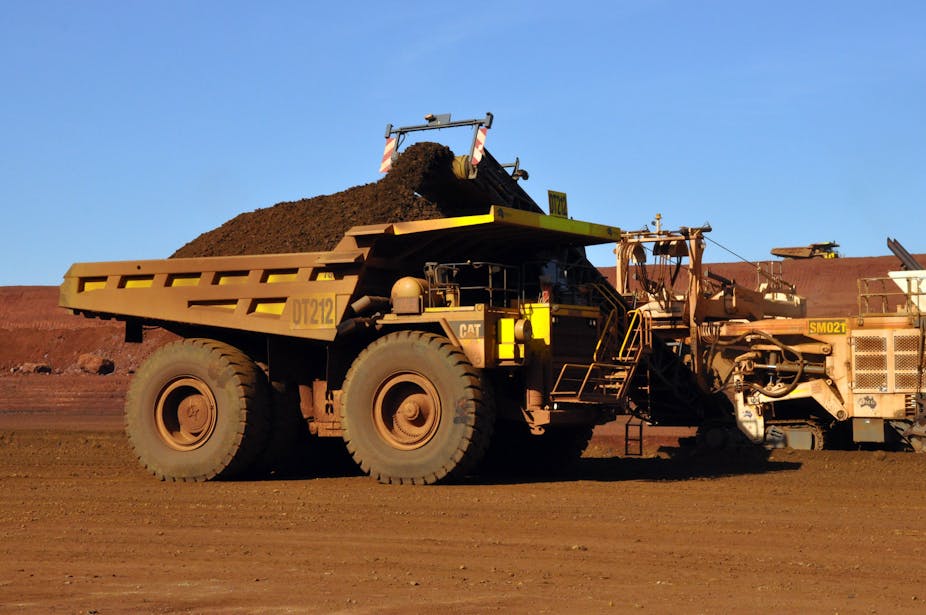At first glance, the Gonski review presents an opportunity to correct the funding gap between “winners” (understood as the private schools) and “losers” (understood as the public schools).
And it is timely. The funding of public schools in Australia is a disgrace.
While there is mileage to be made out of characterising private education as servicing polo-playing, trust-fund babies, some Catholic and independent schools are also not funded as well as they should be.
A nationwide problem
Richard Teese has written on The Conversation that low fee-paying Catholics schools are places which use funding to “filter their intakes and outperform government schools”.
I have to confess I worked in one of those schools until 2009 in the eastern suburbs of Perth. The school enrolled whoever it could, supported those who could not pay fees and underperformed in some measures when compared with public schools in the area. Perhaps the West Coast experience is different from the East Coast – an interesting challenge and one that Premier Barnett will be quick to hold against the “othersiders”.
That said, public education in WA shares the problems explained in The Conversation so far: continual school reform, curriculum change, teacher alienation and an accountability culture that has done little to change education standards across the state. The gap between the best and worst performing is growing.
We have a two tier public school system where selective public schools cream off the top public students to compete with private schools on artificial league tables. School choice for the least advantaged remains a myth. Public schooling has become a PR exercise in a marketised, competitive climate.
Slaves to the boom
Many in our least advantaged communities are trapped within the vocationalisation of public schools which privilege preparation for the workplace. That this work is usually semi- or unskilled perpetuates the cycle of disadvantage. In a state undergoing a mining boom schooling for work may seem a good strategy as long the boom continues but demands on the workforce are expected to change. It remains to be seen whether adaptability is a feature of this vocational push.
Perhaps the biggest challenge in WA is remoteness. Remoteness is a strange concept, because a place is only remote when you don’t live there.
Giving people who live in remote areas access to schooling means little when the outcomes continue to be poor. Current funding models pay a loading to the school for each student based on how remote they are. The problem is that this loading (10/20/30%) fails to recognise that remote schools cost massively more than that. Arguably WA experiences the funding gap for remote education more acutely than any other state.
The wrong debate
I agree with Professor Teese that we have been having the wrong debate about education. The debate needs to hold the government to account for the real problem: Australia’s public spending on schools is below the OECD average and the gap is increasing. The problem is not just about how you apportion the funding, it is about putting more money in the system. I would welcome any improvement in the funding model as it pertains to remote schooling regardless of whether it went to public or private school systems.
So I have a simple suggestion. Why don’t we pay what education costs? Rather than pre-determining how much we should spend and then making schools fit that figure, let’s commit to a level of funding that decreases the achievement gap.
And rather than seeing education as a cost, let’s see it as a down payment on our future. The challenge for the Gonski Review is to use funding as a tool to promote equity. Rather than shifting inadequate funding from one school system to another, let’s identify that which we see as outstanding educational outcomes for our young people. Then pay to make those outcomes a reality for all.
And give teachers a break. Accountability, high-stakes testing, performance pay, the devaluing of teachers’ work are all strategies designed to get more out of people being asked to do more than they ever have. It is a calculated attempt to distract the public from the fact that politicians are choosing to spend less on education and blaming teachers for the results.
Will the Gonski Report be able to achieve all of this? We live in hope.

